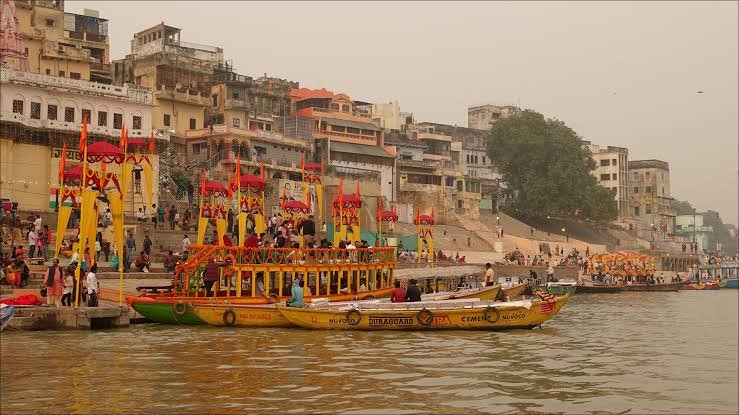Introduction
Varanasi, one of India’s most ancient cities, is about to take a significant leap into the future with plans to transform certain areas into high-tech urban zones akin to Bengaluru and Pune. Known for its rich cultural heritage, Varanasi is also evolving into a smart city, a move that reflects the government’s vision for modern urban development while preserving the city’s deep-rooted traditions. Two key areas—Phulwaria Lane (via Central Jail Road) and Makbool Alam Road—have been selected for this transformation. In this article, we’ll dive deep into the exciting developments that will soon reshape these areas, giving them a modern, metropolitan identity.
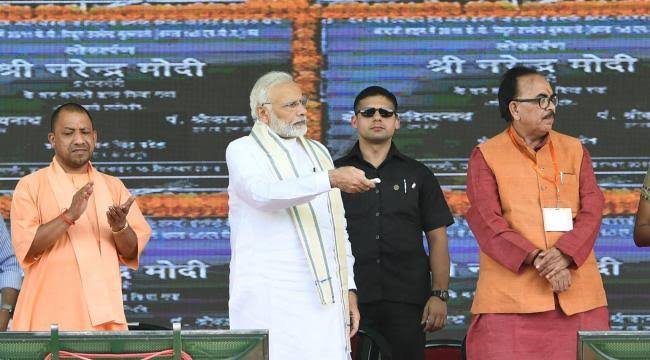
Varanasi’s Evolution as a Smart City
Over the last few years, the government has taken several steps to modernize Varanasi as part of India’s nationwide Smart Cities Mission. From installing high-speed internet and smart infrastructure to modernizing public utilities, the city is witnessing a shift from its traditional image to a more contemporary avatar. This transformation aims to blend Varanasi’s ancient spirit with the conveniences of modern life.
The inclusion of Phulwaria Lane and Makbool Alam Road in the smart city development plan is a major step forward. These two areas will now become the face of Varanasi’s new era—where ancient streets meet cutting-edge technology, urban planning, and modern amenities.
Why Phulwaria Lane and Makbool Alam Road?
Varanasi’s planners have carefully selected Phulwaria Lane and Makbool Alam Road for this transformation due to their strategic location and existing infrastructure. Both areas serve as significant traffic arteries for the city and connect various important zones. In recent years, these roads have become known for their well-maintained pathways, making them the perfect candidates for modernization.
Additionally, the choice of these two areas represents a conscious decision to develop regions that still retain room for expansion. With about 2-3 kilometers of land available, these areas can be upgraded without disrupting the city’s congested core, allowing for smoother and more efficient development.
What Will the Transformation Involve?
So, what exactly is in store for these areas? The redevelopment plan will encompass various aspects of urban life, from transportation and utilities to public spaces and housing. Let’s break down the major elements that will shape these areas into high-tech zones:
1. Smart Infrastructure
The cornerstone of the transformation will be the introduction of smart infrastructure, similar to what has been implemented in cities like Bengaluru and Pune. Phulwaria Lane and Makbool Alam Road will witness the installation of smart lighting, automated traffic management systems, and high-speed public Wi-Fi. These additions will not only enhance the daily experience of the residents but also contribute to energy efficiency and better resource management.
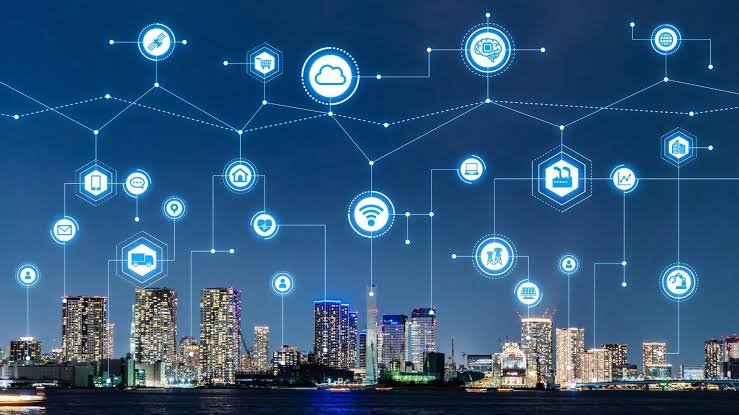
2. Green Spaces and Public Amenities
One of the main features of a high-tech city is its emphasis on green spaces and public amenities. The plans for Phulwaria Lane and Makbool Alam Road include developing public parks, playgrounds, and open spaces where people can relax and engage in recreational activities. These green spaces will be equipped with modern facilities like jogging tracks, open gyms, and yoga areas, promoting a healthy lifestyle among residents.
3. Sustainable Urban Development
As part of the development plan, there will be a focus on sustainability. Buildings constructed in these areas will follow green building codes and incorporate eco-friendly materials. Additionally, solar panels will be installed on rooftops to harness renewable energy, and rainwater harvesting systems will be integrated to ensure water conservation. Waste management will also be prioritized, with smart bins and recycling centers becoming a common sight.
4. Modern Housing
The development won’t just be limited to infrastructure; the real estate sector will also experience a significant upgrade. Modern housing complexes will be constructed in these areas, with a focus on affordable, middle-income housing. These homes will come equipped with smart home systems, ensuring residents can control lighting, security, and appliances through apps and voice commands.
5. Smart Traffic and Transportation
One of the most crucial aspects of any smart city is efficient traffic management. With Varanasi’s growing population, smooth traffic flow is essential to avoid congestion. Phulwaria Lane and Makbool Alam Road will benefit from smart traffic lights and real-time monitoring systems. These systems will use data from cameras and sensors installed at intersections to optimize traffic flow and reduce delays.
Additionally, there are plans for dedicated cycling lanes and pedestrian-friendly sidewalks, encouraging a shift toward eco-friendly modes of transport. Public transportation in these areas will also see improvements, with better bus stops, and plans for electric buses in the future.
6. Advanced Healthcare and Educational Facilities
The redevelopment plan also includes provisions for high-quality healthcare and educational institutions. Modern hospitals equipped with the latest medical technologies will be established in these areas, offering residents easy access to healthcare services.
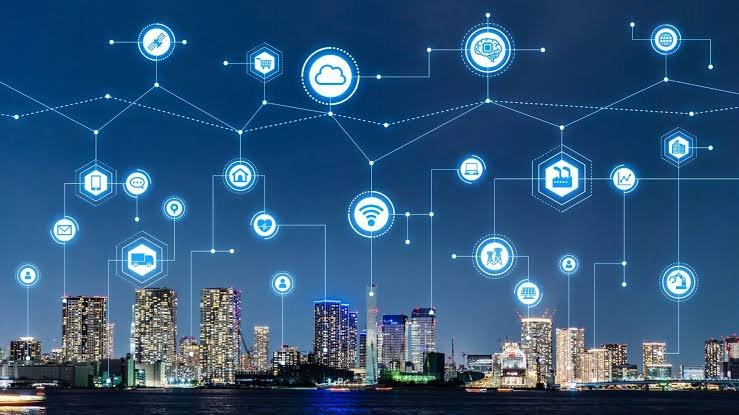
On the education front, schools and colleges will incorporate smart classrooms, providing students with access to digital learning resources. These institutions will serve as models for educational excellence in Varanasi.
7. Commercial and Retail Zones
In addition to residential areas, the redevelopment plan includes the creation of commercial and retail zones. These zones will house offices, IT parks, and shopping complexes, providing employment opportunities and boosting the local economy. The aim is to create a self-sustaining ecosystem where residents can live, work, and shop without having to travel far.
8. Technology Integration
The future of Phulwaria Lane and Makbool Alam Road will be shaped by the Internet of Things (IoT), a technology that enables everyday objects to connect and communicate. This will extend to everything from streetlights that adjust their brightness based on the time of day to sensors that monitor air quality and adjust ventilation systems accordingly.
Smart poles will be installed across these areas, serving as hubs for Wi-Fi, security cameras, and emergency call buttons. These poles will not only enhance safety but also enable real-time monitoring of various public services, ensuring quick response times in case of emergencies.
Photos: A Sneak Peek Into the Future of Varanasi
While plans for the transformation of Phulwaria Lane and Makbool Alam Road are still in progress, renderings and conceptual photos give us a glimpse of what the future holds. These images showcase modern roads lined with smart poles, landscaped parks with lush greenery, and bustling shopping complexes filled with people.
Sidewalks are wide, well-paved, and accessible for everyone, including people with disabilities. Public plazas and open spaces are designed to foster community interaction, with seating areas, fountains, and art installations scattered throughout. The buildings, too, reflect a modern architectural style, with clean lines, glass facades, and eco-friendly materials.
The photos also show dedicated cycling lanes running parallel to the main roads, highlighting the emphasis on sustainable transport. As you move further into these areas, you can see residential complexes with contemporary designs, featuring rooftop gardens and solar panels.
Varanasi’s Path to Becoming a Modern Urban Hub
The transformation of Varanasi is not just about bringing smart city features to two key areas. It represents a larger vision for the future of the city. Once Phulwaria Lane and Makbool Alam Road are fully developed, they will serve as a model for other parts of Varanasi, encouraging further modernization.
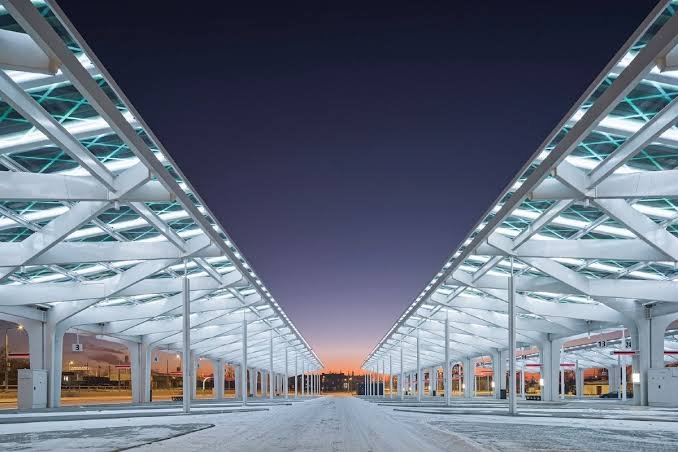
This redevelopment also aligns with India’s push to become a global leader in urban innovation. As Varanasi embraces technology and modern infrastructure, it will attract new industries, tourism, and talent, positioning the city as a hub for economic growth.
The modernization of Varanasi is not only about improving the city’s infrastructure but also about ensuring that its residents can enjoy a higher quality of life. By introducing smart solutions, sustainable practices, and green spaces, the city is poised to offer its people a balanced blend of tradition and modernity.
Conclusion
Varanasi’s transformation into a smart city is an exciting development for both residents and visitors. With Phulwaria Lane and Makbool Alam Road leading the way, the city is set to embrace the future while maintaining its rich cultural heritage. As these areas evolve into high-tech urban zones, they will serve as a shining example of how ancient cities can adapt to the needs of modern life.
This transformation will not only improve the daily lives of the people living in these areas but also enhance Varanasi’s standing as a forward-looking city that is ready to embrace the future. So, keep an eye on these two areas as they evolve into vibrant, modern, and sustainable urban spaces—setting the stage for the Varanasi of tomorrow!

